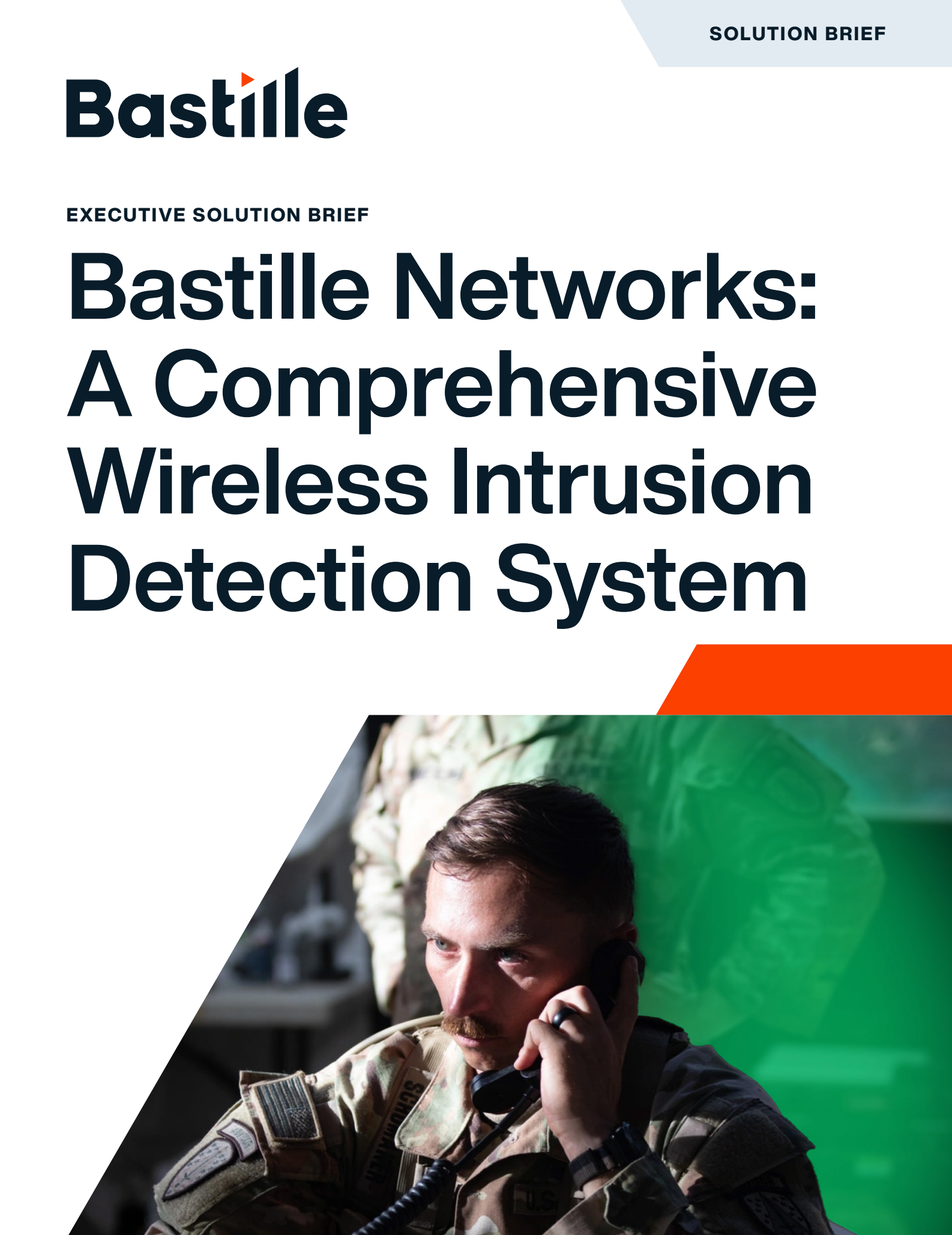How to approach wireless threats in the age of AI
Before the mass adoption of AI, data center security focused on physical security. Today, however, enterprises must aggregate and expose more data for use in LLMs, broadening the attack surface just as wireless attacks are getting more sophisticated.
Bastille takes AI data center security challenges head-on by enabling a new level of visibility and threat detection.









